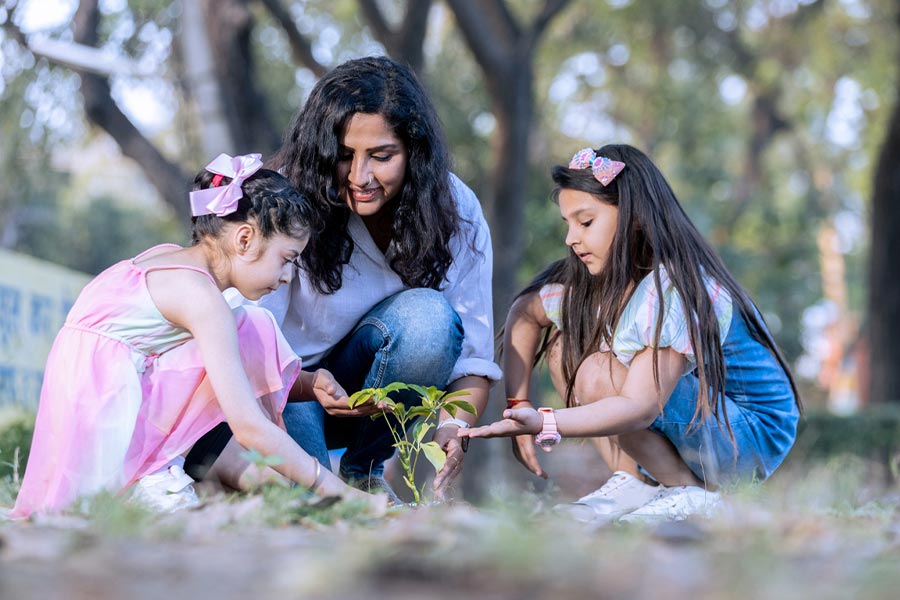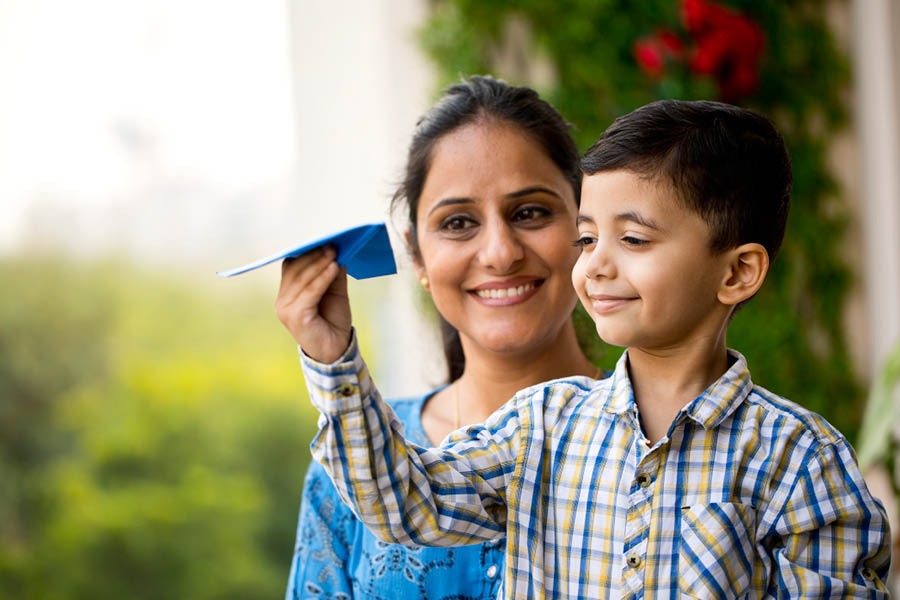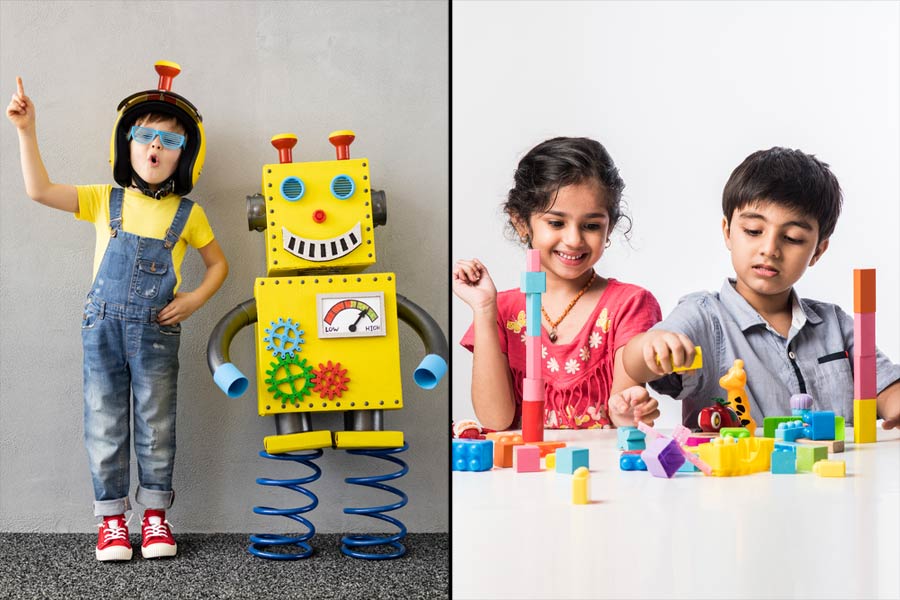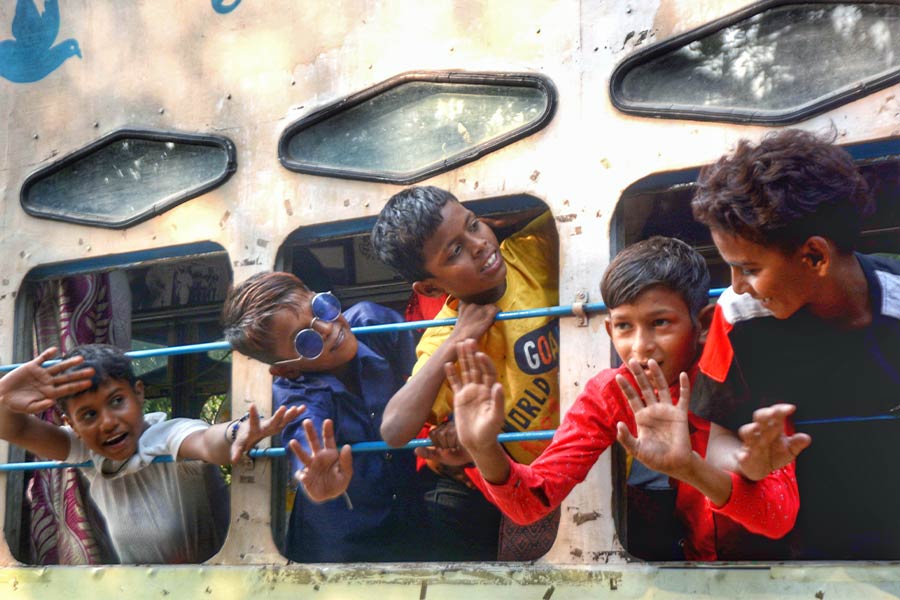In India, November 14 is celebrated as Children’s Day. The occasion celebrates the pure joy of childhood and the potential of young minds. It is also the birth anniversary of Pandit Jawaharlal Nehru, the first Prime Minister of India, who envisioned a world where children would grow up to their full potential. At the very least, we should strive to ensure our children have access to clean air and water. So, celebrate this day, cherish all your memories with your kids, and instil in them values that promote sustainability and eco-friendliness.
Lead by example
Children look up to their parents and mimic their behaviour. Don’t just talk about sustainability, practise it. It sounds extensive but it’s the small things that add up – switch off the lights that aren’t in use, turn off the tap while brushing your kids’ teeth. These are the valuable lessons that count.
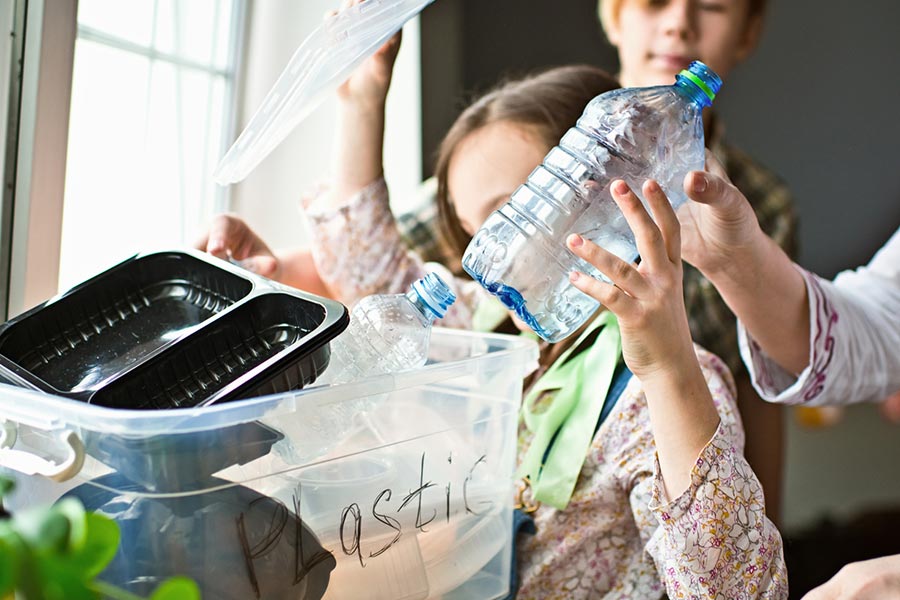
Single-use plastic is a primary polluter, so do your best to reduce its use iStock
Introduce them to reusable items
Reusable water bottles or cups are an easy first step. Set a good example by ensuring everyone at home uses reusable bottles. Swap out single-use paper towels for burp cloths and good old handkerchiefs. While you’re at it, bring reusable bags to the grocery store—maybe even a pint-size version so your child can follow in your eco-friendly footsteps. Single-use plastic is a primary polluter, so do your best to reduce its use.
Support eco-friendly brands
In recent years, many homegrown sustainable brands have stepped up to take on greater responsibility in their production process. Children need things, of course, but we can be mindful by picking brands that are kind to the environment.
In recent years, many homegrown sustainable brands have stepped up to take on greater responsibility in their production processes. Children need things — of course! But we can be mindful by choosing brands that are environmentally friendly. Brown Living, Amala Earth, and The Green Chapter are all excellent online stores with sustainability at their core.
Upcycle toys
The only reason I got on the ‘open-ended toys’ movement is because these toys can be used in multiple ways, and last longer. Instead of bringing home another store-bought toy that may collect dust, why not become creative with open-ended ones? If you are creative, DIY activities using kitchen supplies are great alternatives.
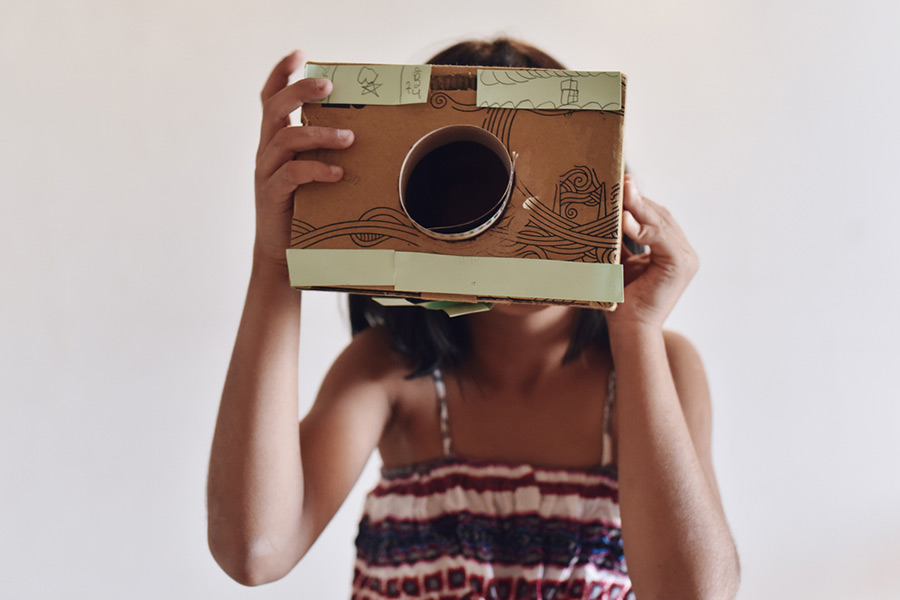
DIY activities using kitchen supplies are great alternatives to store-bought toys iStock
My four-year-old still gets more joy from building a spaceship out of a cardboard box than buying one. Let them scribble on cardboard boxes and paper rolls — you can even repurpose these as gift wrap.
Donate
Kids outgrow clothes at the speed of light. Discarded clothes equals landfill. An easier way is to donate clothes, shoes and furniture to organisations like Goonj and Missionaries of Charity, among others, where they’ll be put to good use. If your mom’s group is open to it , you can also circulate clothes and shoes within the group for extended use.
Plant something together
Growing a seed together teaches children to nurture and care for the little things. Who knows – they might develop green thumbs, and you could end up with a mini herb garden! Herbs are easy to grow, and even though small, this simple activity reduces carbon footprint too.

Even though small, this simple activity of planting something for a hoem garden helps reduce carbon footprint too iStock
Read about the planet
The classic Dr. Seuss’ book The Lorax introduces children to sustainability and environmental protection. Reading is one of the best ways to engage children, so why not teach them about the environment through books? Children’s literature is constantly evolving to cover important topics like climate change. We Are Water Protectors by Carole Lindstrom, The Six Spellmakers of Dorabji Street by Shabnam Minwalla, and Rewild the World by Emily Hawkins are just a few of the many fantastic books available for kids.
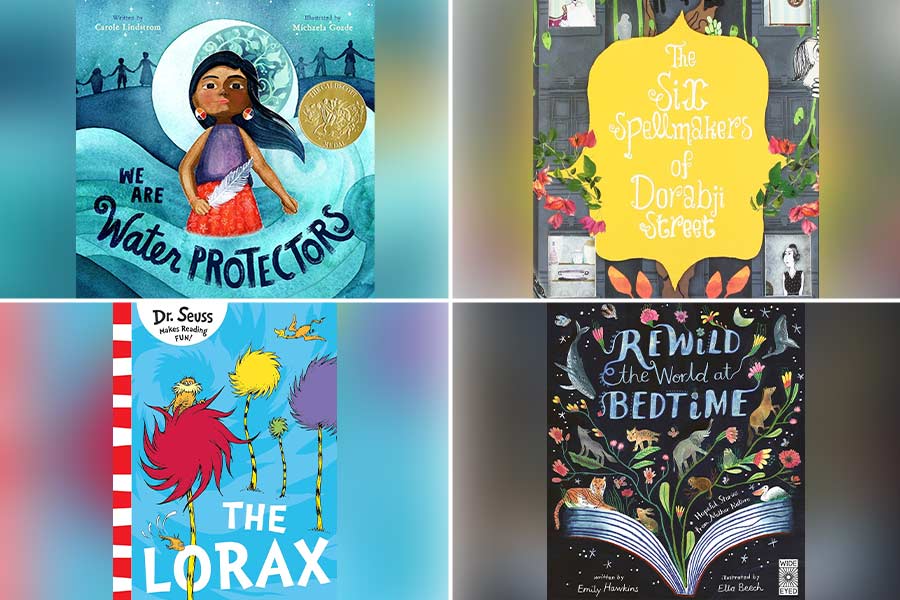
The goal is to encourage kiddos to incorporate these ideals into their daily actions and routines. Green parenting can seem daunting, but it needn’t be. They’re basic steps we can all take together to create a better world for our children.
The author is an economist and full-time millennial mother, struggling to cope with daily chores
